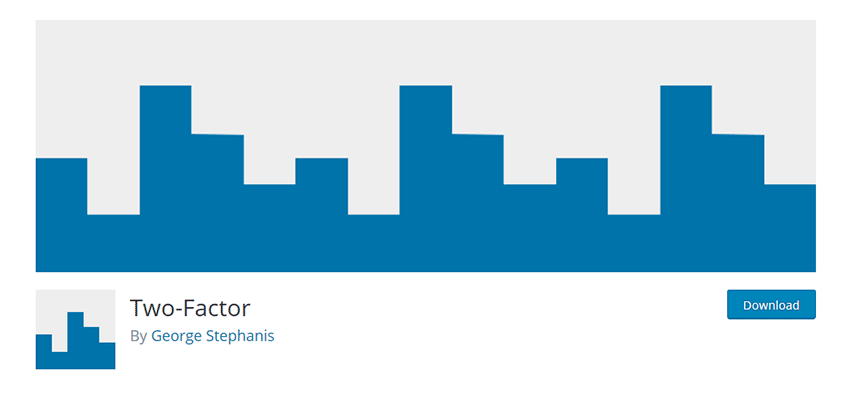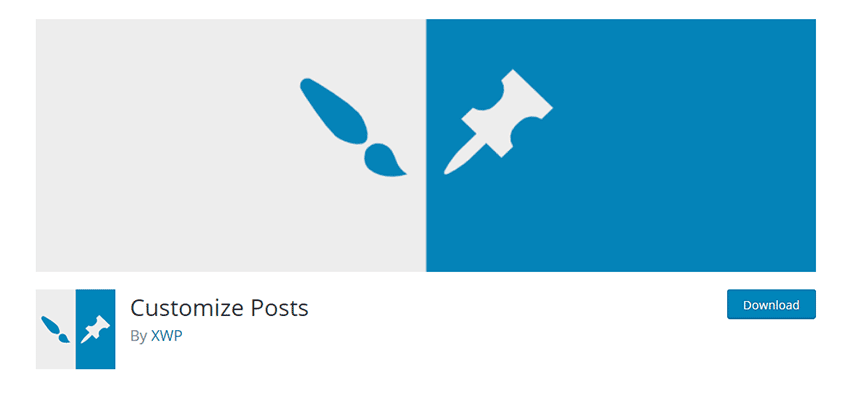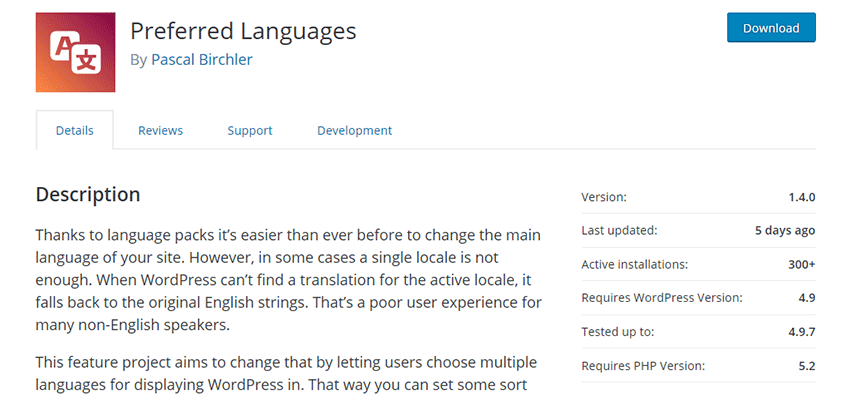As a platform, WordPress is continually looking to add features that will both keep its existing user base happy as well as attract new recruits. And over the years, that has led to some very popular additions such as Custom Post Types, Custom Fields and Widgets. Each of these examples have become such staples of the WordPress experience that it’s difficult to remember a time when they didn’t exist. But each one started out as just an idea.
These days, there are no shortage of potential additions vying to make their way into WordPress core. The neat thing is that you can test out these new features before they become official (provided they get that far in the process). Testing is as simple as installing a beta plugin.
Here are 5 such plugins that, while you haven’t heard much about them yet, may just make their way to the big leagues someday. Please note that it’s recommended you install them on a staging or test site, rather than a live one.
Two-Factor

Offering two-factor authentication has become pretty much standard throughout industries like banking and even social media. In a time when we face the reality of compromised data, two-factor provides user accounts with that extra bit of security. The Two-Factor plugin brings this to WordPress, allowing back-end users to further verify their accounts through various options, including email and the Google Authenticator app. If it’s introduced into WordPress core, this functionality could serve a crucial role in keeping websites a bit more safe.
Customize Posts

A common refrain of WordPress users is that, when creating or editing content, you don’t see exactly how changes affect the front-end of your website in real-time. Changing the page template, for example, provides no immediate visual context as to what that template actually looks like. Customize Posts provides the functionality to resolve this issue, allowing users to edit page and post content from within the WordPress Customizer. This lets users see the full impact of their changes as they make them.
Dark Mode

One of the bigger trends we’re seeing in UI design is in optimizing screens for easier viewing at night. We see this in multiple forms, with mobile apps such as Google Maps changing over to a dark color scheme to coincide with the time of day and Windows 10’s Night Light feature. Dark Mode aims to do the same for WordPress, enabling a nighttime look in the Dashboard.
Preferred Languages

WordPress is used by people all over the world. And while the existing ability for users to choose the primary language of their site is helpful, the software will revert back to English if a translation string in a theme or plugin can’t be found in the chosen language. Preferred Languages provides users with the ability to set fallback choices, allowing WordPress to move on to the next chosen language in the chain.
Background Image Cropper

Not all suggested functionality is earth-shattering in its impact. Instead, it’s mostly the small, practical items like Background Image Cropper that help to make WordPress a little more user-friendly. As you may have noticed, WordPress allows you to crop images in the Media Library. You can even crop a site logo added via the Customizer. But background images were one of those design elements that were stuck as-is. This plugin fixes that oversight. Most users probably wouldn’t notice the added feature – but it will be there when they need it.
Strengthening the Core
Because WordPress chooses to test out new functionality in the form of beta plugins, it offers anyone who’s interested a chance to both try out features and offer their input. This is an important step in ensuring that only items that are relevant and worthy make their way into future versions of the software.
Of course, one of the most well-known examples of this is the Gutenberg editor. As a plugin, Gutenberg saw dozens of version releases and, of course, sparked a whole lot of debate. But it demonstrates the importance of this process.
If you’re interested in seeing what else may be in store for WordPress, check out the Beta page within the plugin repository. You just might see the future.
Related Topics
Top